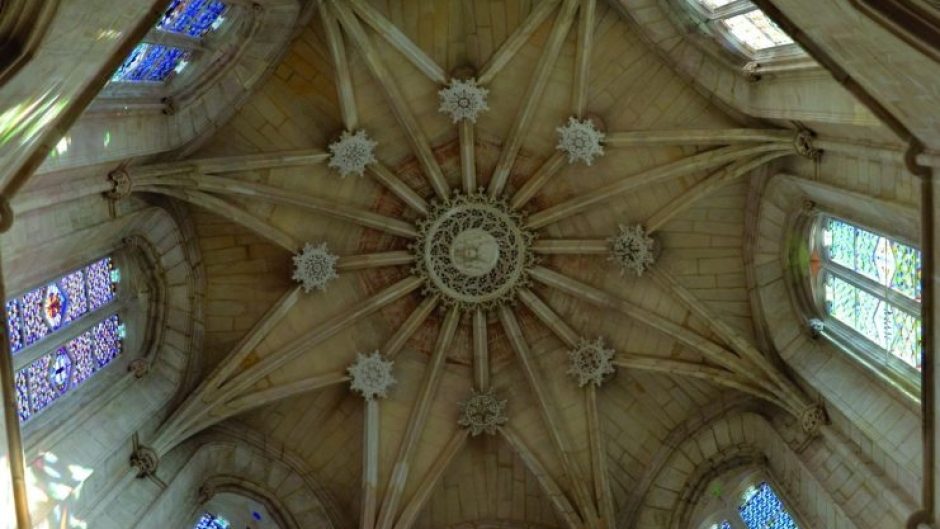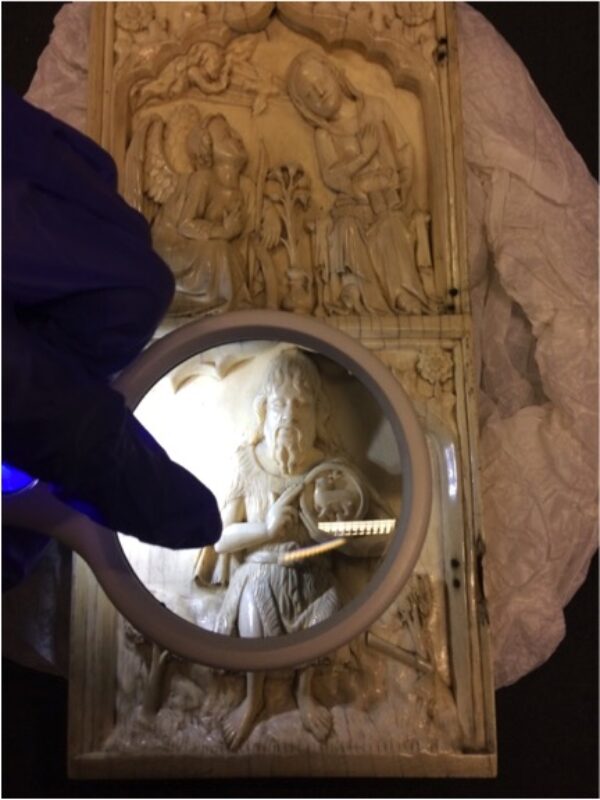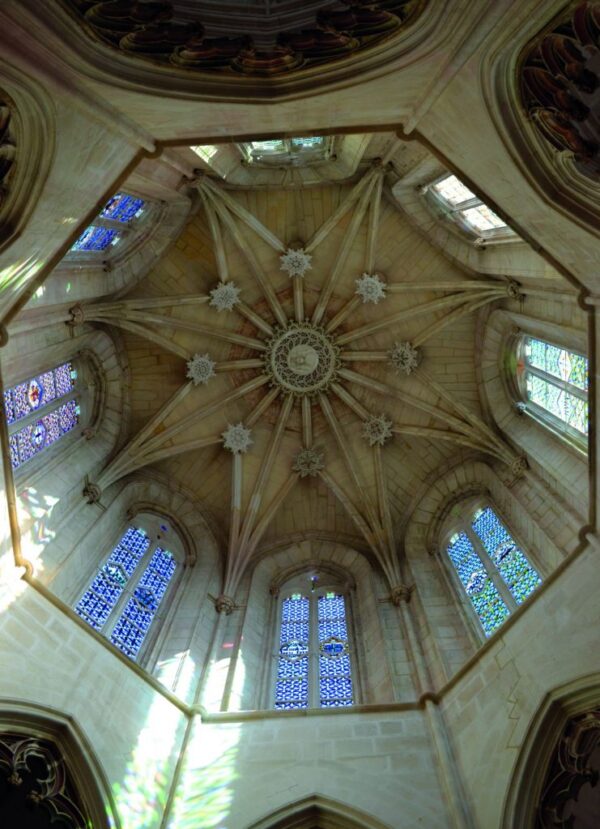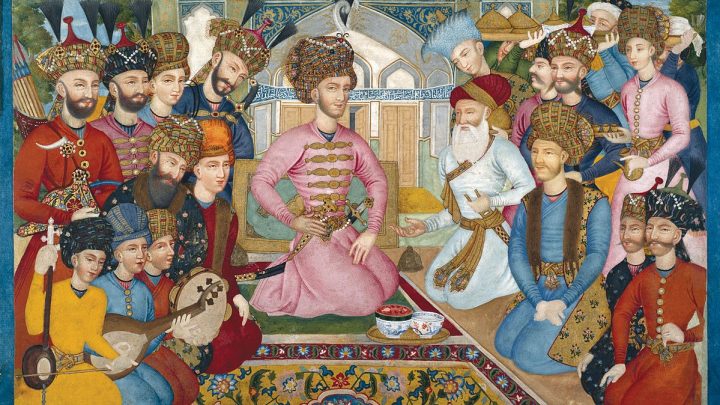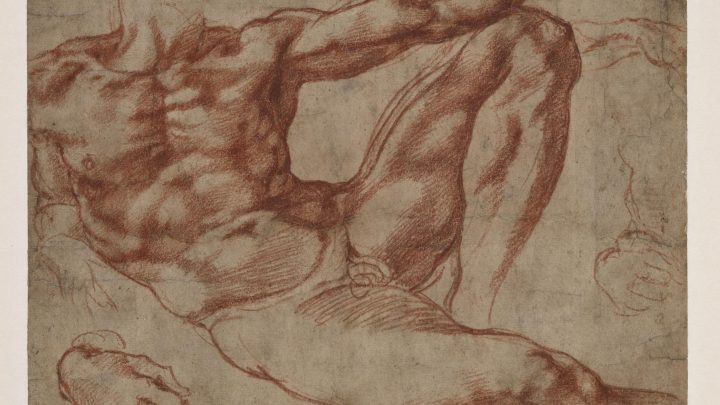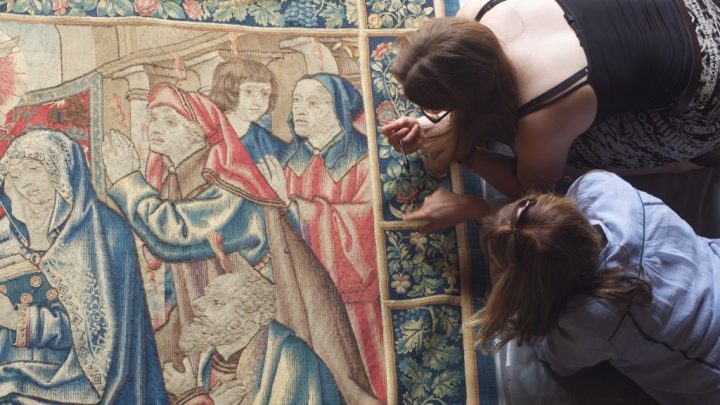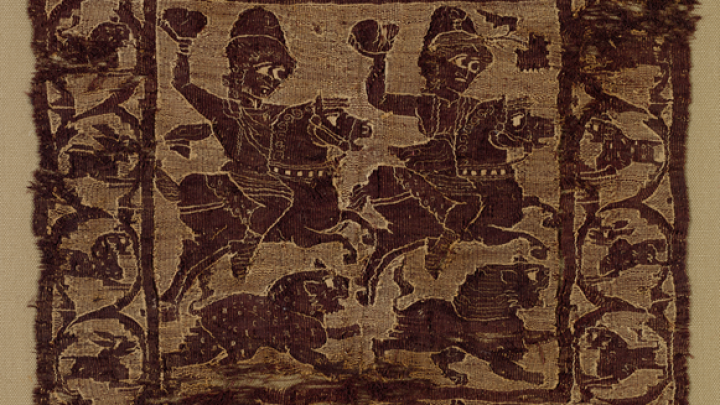By what means did medieval artworks delight and persuade their viewers? With a particular focus on scale, from imposing monumental sculpture to intricate manuscript miniatures, this MA Special Option explores the embodied experience of medieval art. By exploring the idea of the ‘encounter’ between viewer and artwork, this course aims to ask new questions of old objects, reconsidering some of the most famous artworks of the Middle Ages as well as discovering others long overlooked.
The first part of the course is themed around diminutive artworks, to be held in the hand and worn on the body (rings, reliquaries, microarchitecture, seals, books of hours), while the second part focuses on monumental projects (towers, tombs, giants, portals, cathedrals). Responding to exhibitions and events as they arise, this course privileges first-hand contact with medieval art and architecture, while also reflecting on how these objects and buildings have been transformed in their journeys to the present day. Whether a tiny book held in the palm of our hand, or an imposing cathedral embracing our entire body, we will explore the unique power of medieval artworks to make the past richer, stranger, and more ‘present’ for our contemporary moment.
This course privileges first-hand contact with medieval art and architecture, while also reflecting on how these objects and buildings have been transformed in their journeys to the present day. Each week an “object in focus” provides an opportunity to hone your skills in visual and archival research. Seminars provide an immersion into the most recent issues and methodologies of medieval art. The aim is for these sessions to operate as workshops, with a flexible syllabus capable of responding to your particular interests (as well as current exhibitions and new research) and incorporating plenty of discussion and debate.
Each semester includes a series of more flexibly programmed site visits which may include a study trip (previous years have travelled to Lisbon and Paris), plus a range of local visits to exhibitions, galleries, and medieval buildings (such as Westminster Abbey and Canterbury Cathedral). Study trips are supported by a travel grant and are usually for a period of 2-4 days. One of the aims for these trips is to allow you to discover your own interests as a researcher. The topics for written assignments are flexible so you can develop your own interests and expertise. This is further supported by one-on-one tutorials, where we will meet individually to offer comments on your work and discuss progress.
Course leader: Dr Jessica Barker
In the event that a course leader is on sabbatical, takes up a fellowship, or otherwise is not able to teach the course, they will be replaced by another experienced course leader either for a semester or, in some cases, the academic year.






